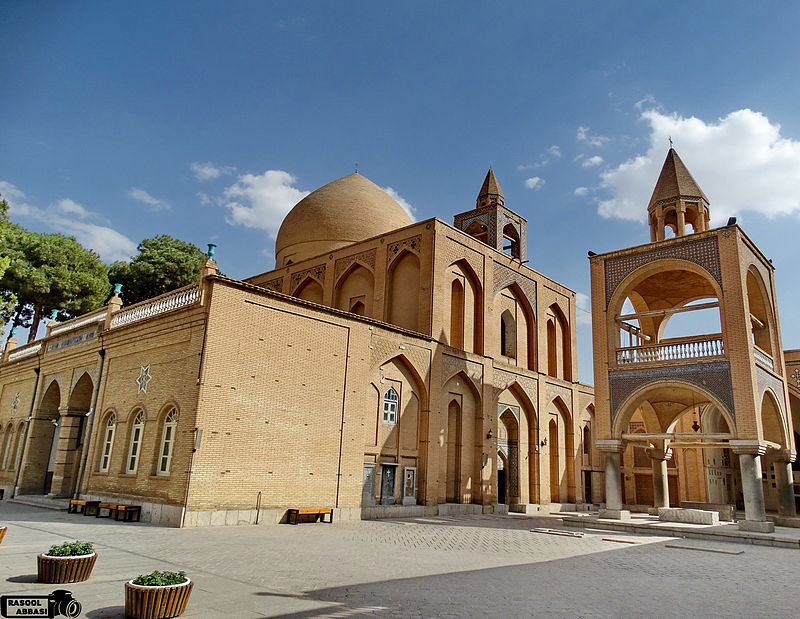Vank Cathedral is one of the largest and most beautiful churches of Iran, the cathedral was completed in 1664. It includes a bell-tower, build in 1702, a printing press, founded by Bishop Khachatoor, a library established in 1884, and a museum opened in 1905.
History:
Following the Ottoman war of 1603-1605, Armenians began to arrive in Iran in search of new life under the Safavid King Shah Abbas I. Shah Abbas I, who settled tens of thousands of them in the Iranian provinces south of Aras River, also relocated Armenians, who had fled from the Ottoman massacre in Nakhchivan to Iran. for alot more specifics about caças niqueis gratis. iran tour Nachchivan suffered a lot during the 14th to 18th century wars between Persia and the Ittoman Empire. The city fell under Safavid rule in the 16th century. In 1604, when Shah Abbas realized that the lands of Nakhchivan and its surrounding areas might fall into Ottoman hands, he decided to force the entire Muslim, Jewish and Armenian population of the city to leave their homes and move to Iran. The Armenian immigrants settled in Isfahan, the capital of Safavid Dynasty, and populated the city’s New Jolfa district, which was named after their original homeland in today’s Azerbaijan Republic. Upon entering Iran, Armenian refugees started building churches and monasteries to continue their religious activities in their new home.
The first monastery in Jolfa was built in 1606 and included a little church called Amna Perkich, which means “All Healing”. The little church was later expanded and turned into the magnificently designed Vank Cathedral, which was built 50 years later under the supervision of Archbishop David.
Vank Cathedral
December 14, 2021
0 comment

Comment (0)